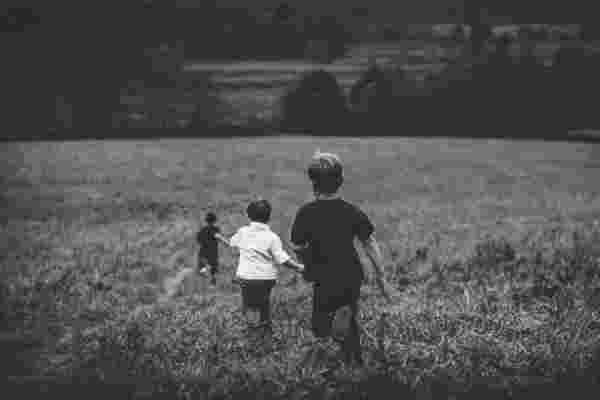Images of climate innovation
Building futures with nature in mind
Earlier studies have determined that children who lack regular positive interactions with nature can develop apathy, disconnection and even phobias toward it. Working with partners in Vietnam, Strathclyde is measuring visual and non-visual sensorial experiences of nature for children within primary school spaces. We aim to support school design decision-making to enhance children's sensorial experiences of nature, and promote improvements in their health and wellbeing.

Nature plays a vital role in a child's development. The relationship between a child and nature is termed 'connectedness to nature'; it describes the child's enjoyment of nature, empathy towards nature and living beings, responsibility toward nature, and awareness of nature.
Previous studies confirm the importance of direct encounters with nature, with all the child's senses, as the foundation for the child's connection with nature. These regular positive interactions allow children to feel comfortable in nature, develop empathy with it, gain knowledge about it, and grow to love it. These are essential features of children's affinity toward the natural world and help to promote biophilia.
However, children particularly in cities, are confronted with the challenges of having limited access to the natural environment. A problematic outcome of a children's diminished natural experience involves a psychological phenomenon where each passing generation encounters alienation from nature, and degraded environmental conditions, as their normal experience, supporting a continuous cycle of disconnection, apathy, and progressive depletion. This can also lead to biophobia (negative feelings that range from discomfort and fear and a tendency to avoid contact with nature).
We believe that the well-being of children is inextricably linked with providing an enhanced, diverse, and equitable access to nature for all. Our research work on measuring visual and non-visual sensorial experiences of nature for children within primary school spaces in Glasgow, Scotland, and Ho Chi Minh City, Vietnam has contributed to an evidence base that advances the children and nature movement and helps to address a widening disconnect with nature worldwide.
Our research analyses data gathered through measurement and observation in educational settings to identify key issues influencing child-nature multi-sensorial connections within indoor and outdoor environments, and on building envelopes and layouts. The outcomes indicate that all sensorial modalities are significantly associated with attributes of nearby nature environments and are dependent on the distance ranges of the child's sensorial experience.
These findings indicate that improvements in primary school architectural environments in varying social and environmental contexts can be achieved through a consideration of the distance ranges of a child's experience and designing with children's visual and non-visual experiences of nature in mind.
We believe that the application of our Children-Nature-Distance (C-N-D) methodology can support design decision-making for refurbishing schools and in planning for new schools in efforts to enhance children's sensorial experiences of nature, and promote improvements in their health and well-being.
Entrant: David Grierson , University of Strathclyde
Copyright: Jordan Whitt
Funding: Government of Vietnam Ministry of Education and Training, Department of International Cooperation
Collaborators: Karen Munro and Phuong Thanh To (University of Strathclyde); The Cosanti Foundation (Arizona, USA), The Glasgow Academy (Glasgow, Scotland), Tran Quoc Thao School (Ho Chi Minh City, Vietnam), Dong Xanh Pathway School (Ho Chi Minh City, Vietnam), Dong Xanh Steiner School (Ho Chi Minh City, Vietnam).